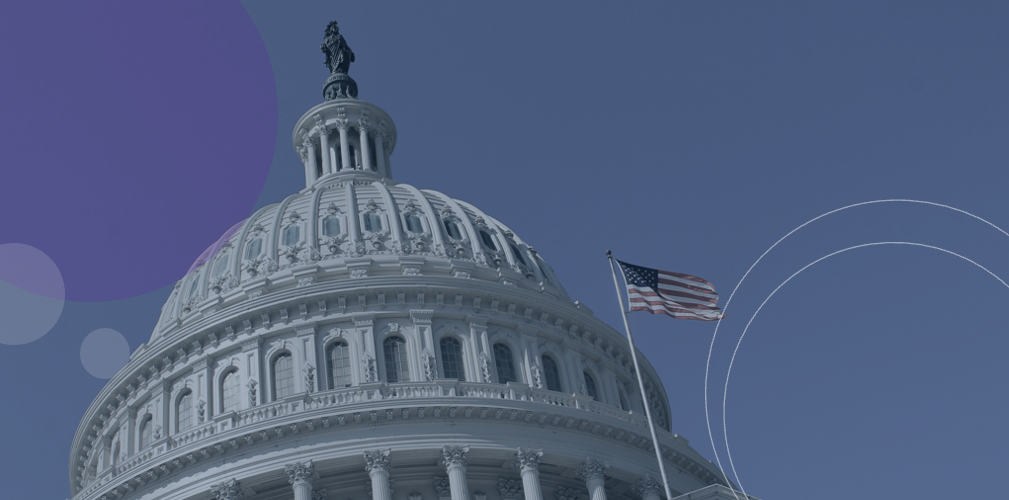On October 1, 2025, the U.S. government officially entered a shutdown. The impasse centers largely on expiring Affordable Care Act (ACA) premium subsidies — a dynamic that could have serious ripple effects for hospitals and health systems.
Vice President J.D. Vance announced on Fox & Friends that he is willing to negotiate with Senate Democrats, including Chuck Schumer, on extending ACA subsidies — but only after Congress passes a funding measure to reopen the government. He criticized Democrats for “hostage taking,” questioning why they are pressing the issue now when the subsidy program doesn’t expire immediately.
Democrats, meanwhile, are insisting that any continuing resolution (CR) to fund the government include an extension of those premium supports. The Senate failed a vote to end the shutdown, as Republicans rejected Democrats’ proposals and Democrats held firm on their health care demands.
Why Hospital and Health System Leaders Should Care
- Premium subsidy cuts ripple into uncompensated care
Without the enhanced ACA premium tax credits (set to expire by year’s end), insurers and enrollees alike face steep cost increases. Some projections estimate up to 75% higher out-of-pocket costs for many marketplace enrollees. As people drop coverage or face higher premiums, health systems may see more patients delaying care or turning up uninsured — increasing uncompensated care burdens.
- Shutdown magnifies financial stress
The shutdown itself disrupts federal agencies and oversight operations (e.g., Medicaid audits, reimbursement rules, CMS functions). That adds operational uncertainty to the revenue stress induced by changes in coverage dynamics.
- Strategic positioning becomes critical
Health system leaders may find themselves caught between political tides. Advocating for subsidy extension or Medicaid support may become part of broader lobbying strategies as states and hospital associations push to safeguard access and financial viability. The timing of policy changes and appropriations could reshape regional insurance markets and hospital payer mixes rapidly.
